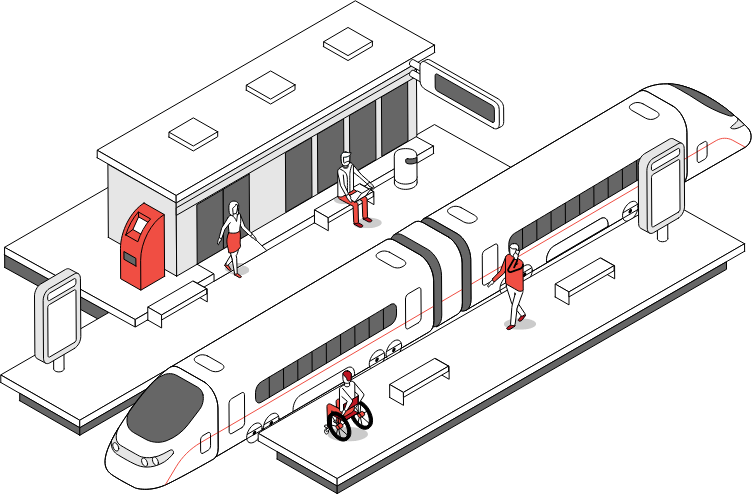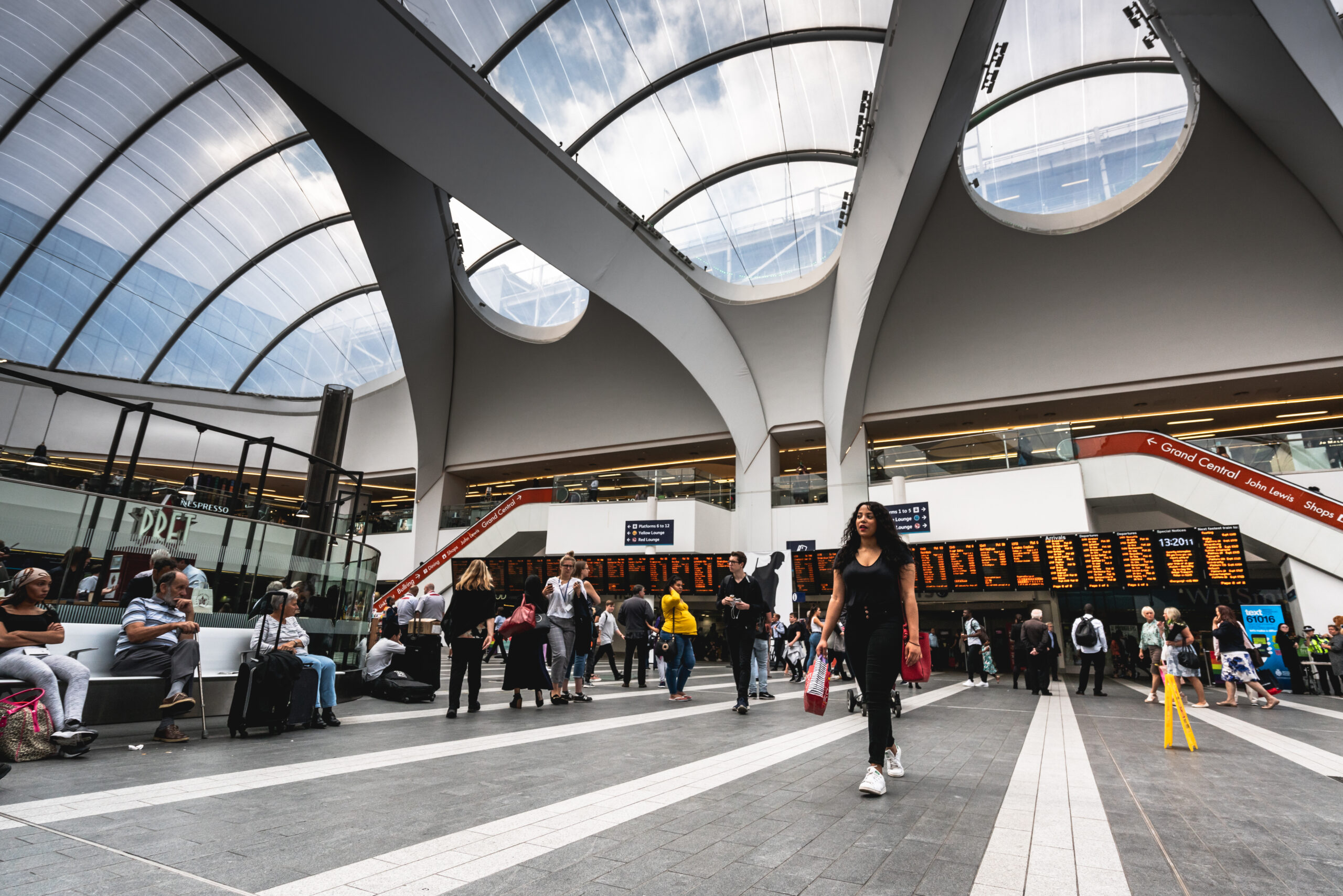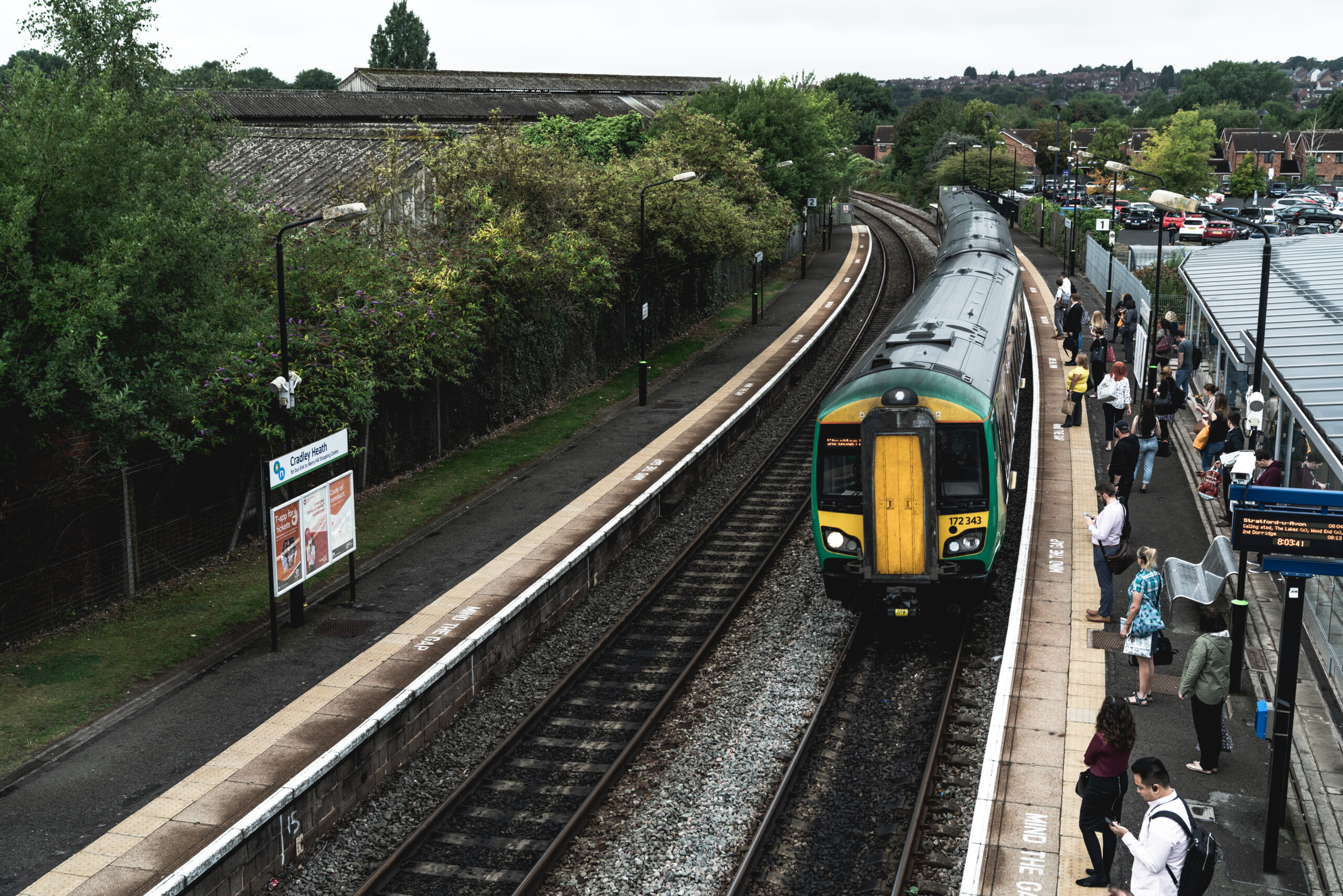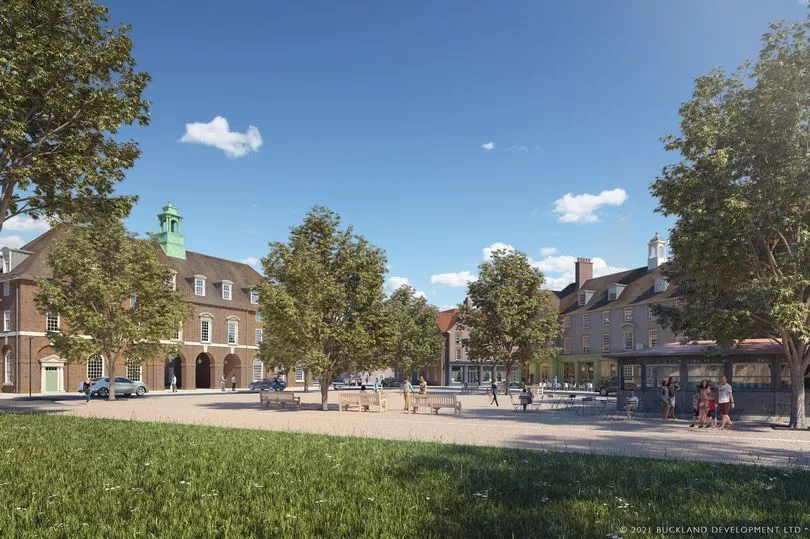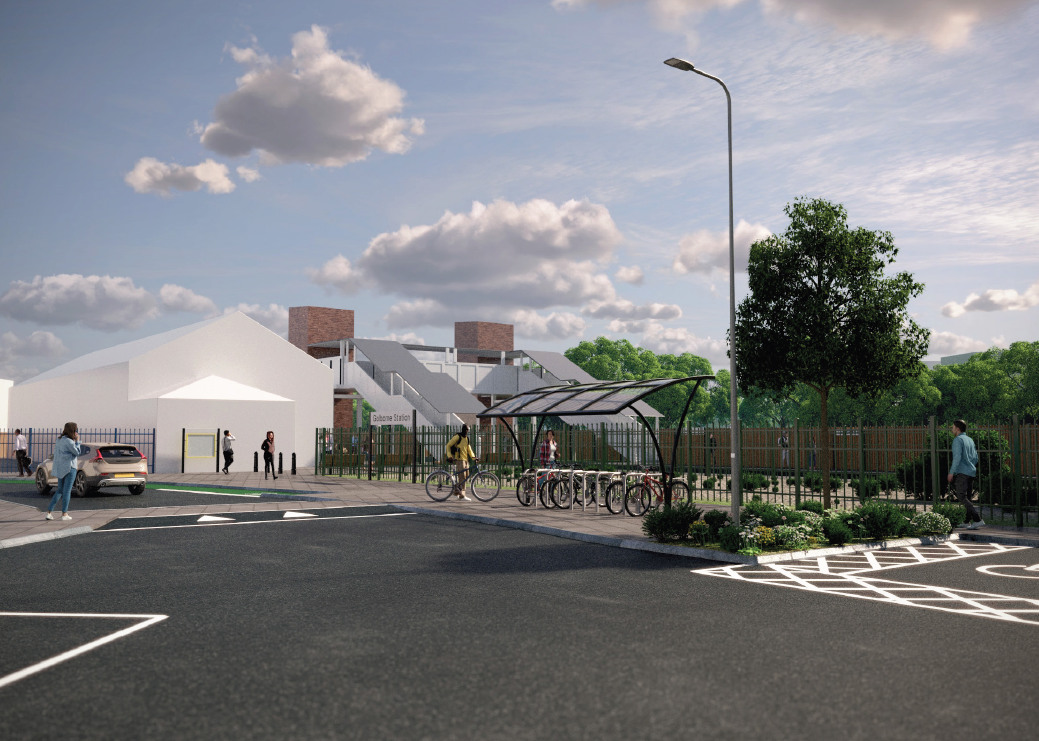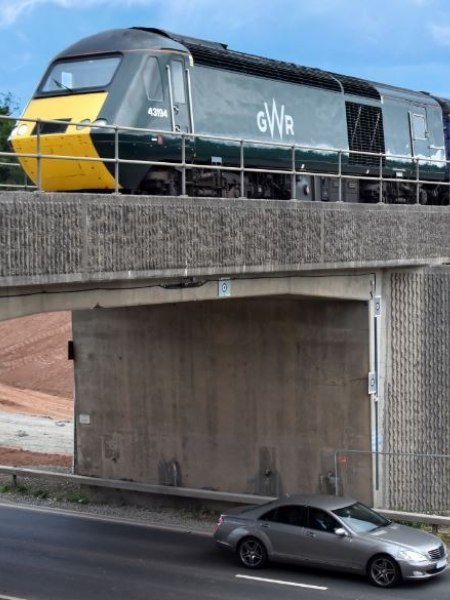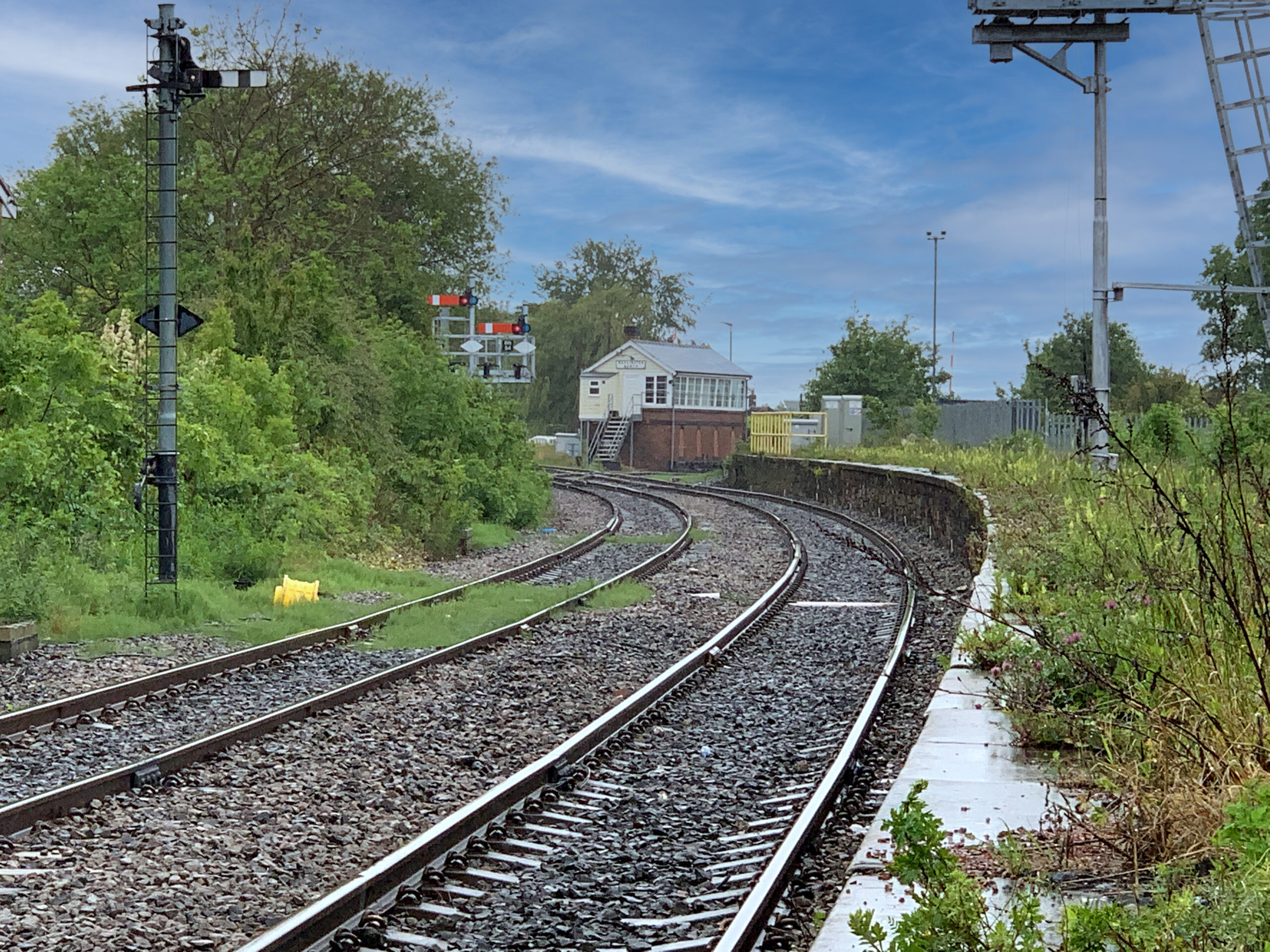West Midlands Rail Strategy
With a vision to drive economic growth and support substantial population increases, the West Midlands Rail Executive commissioned a 30-year rail strategy to shape planning and prioritise investment across 14 diverse council areas.
Background
The West Midlands Rail Executive (WMRE) was created as a partnership between 14 local councils and metropolitan authorities. With support from SLC Rail they successfully bid for substantial control of a new, regional rail franchise under the Government’s devolution agenda.
Recognising the significant role of rail in sustaining population growth and stimulating economic development, they commissioned SLC Rail to create a 30-year rail strategy.
Key challenges
- The WMRE and its members represent very different populations and economies, from central Birmingham to rural Herefordshire. The rail strategy for the region needed to integrate and balance all their different needs, to prioritise investments effectively and fairly.
- HS2 will bring substantial change to the region, including freeing capacity on congested routes. For the region to benefit fully, the WMRE needed to plan for these changes as well as influencing some key decisions at HS2.
- When the West Midlands rail franchise is renewed in 2026, there is an opportunity for the WMRE to take full control of the specification and procurement. This needs to be built on an ambitious strategic vision.
Developing the strategy
The team from SLC Rail, together with the WMRE lead, followed four key steps in developing the strategy:
- Agreeing the strategy timescales. Establishing key dates around which strategies would be developed and evaluated, including HS2 phases and rail franchise renewal.
- Developing train service aspirations. Working with politicians and officers from the 14 members and two affiliates, gathering their aspirations for rail services and mapping them into a detailed and consistent whole.
- Detailed economic modelling. Modelling populations and their predicted growth in fine detail, applying highly credible economic modelling under different growth and transport scenarios to evaluate the priorities.
- Interpreting and communicating the implications. Reviewing the outputs and their implications on current infrastructure, to make clear and comprehensible strategic recommendations.
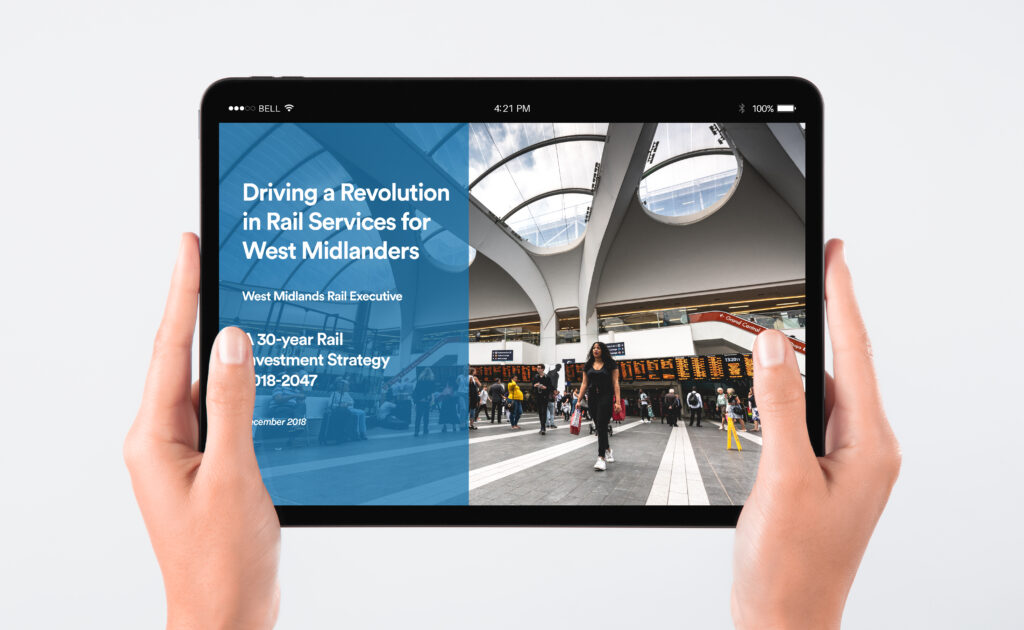
The report
Following a consultation, the strategy was finalised and published in 2018 with the backing of all the partners. It details seven aspirational outputs – areas for focus and development. These include:
- Quick wins within the current franchise period
- Systematic improvements to the frequency of trains
- Developing high growth corridors
- Considering radical change beyond 2033.

